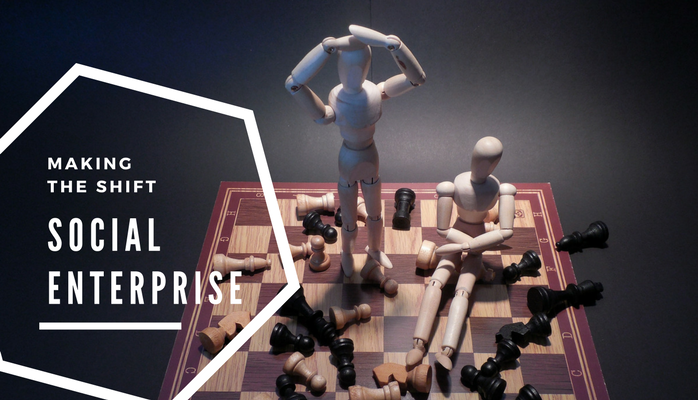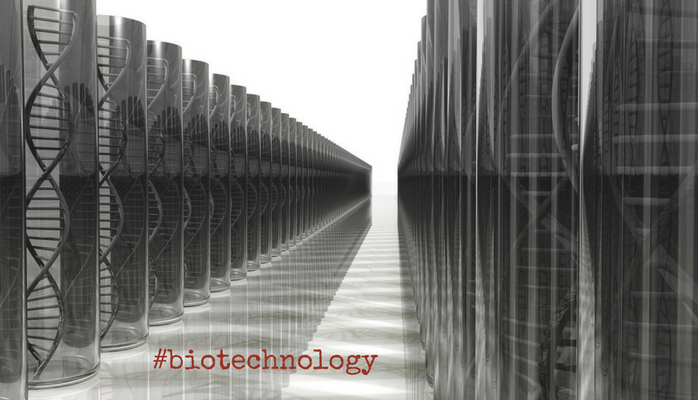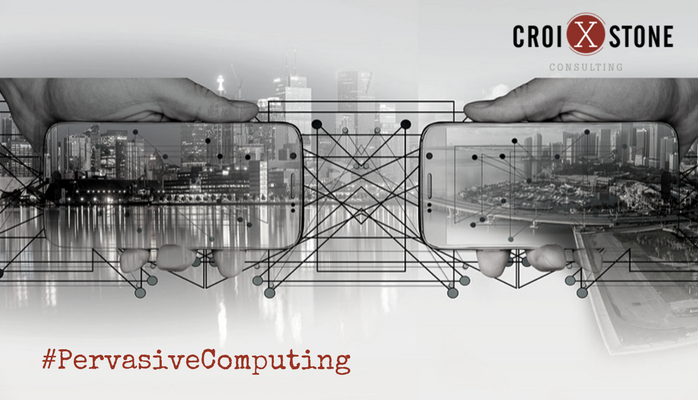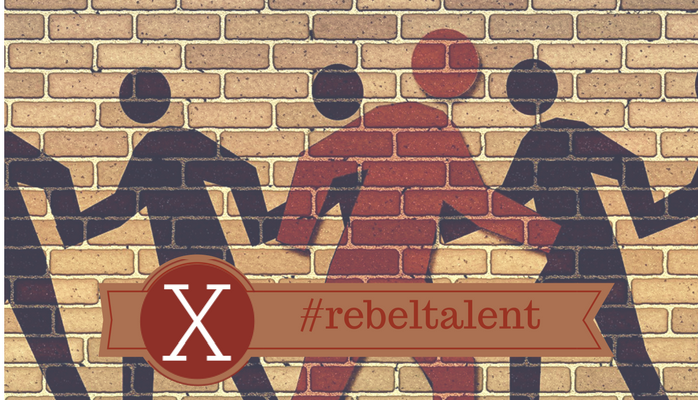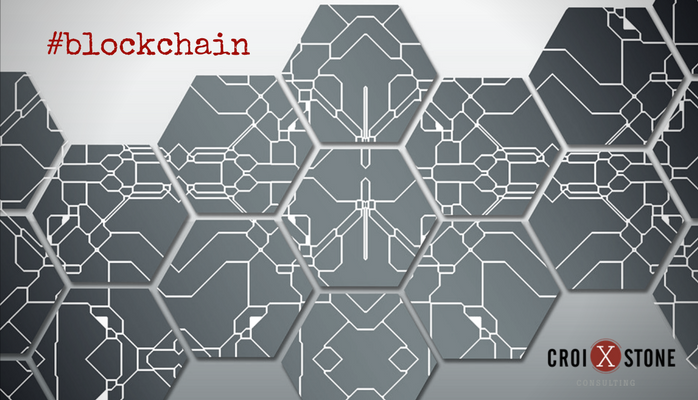What You Need to Know About Social Enterprises
On April 16th, Social Venture Partners Charlotte (SVP) will host the annual SEED20 program which identifies, highlights, and connects the community to twenty of the region’s most innovative ideas for tackling pressing social challenges. In today’s business world, nonprofits are not the only ones concerned with being integrated into the social fabric of society. Earlier this week, Forbes ran an article titled the “The Rise of the Social Enterprise: A New Paradigm for Business” which illustrates that businesses today need to make a shift in management in order to be more integrated into the social fabric of society.
- Achieve social, cultural, community economic and/or environmental outcomes
- Earn revenue
- Moving from an organization which operates as a functional hierarchy to one that operates as a “network of teams.”
- Each part of the company looks at the impact of external factors and the company’s footprint in the external world.

